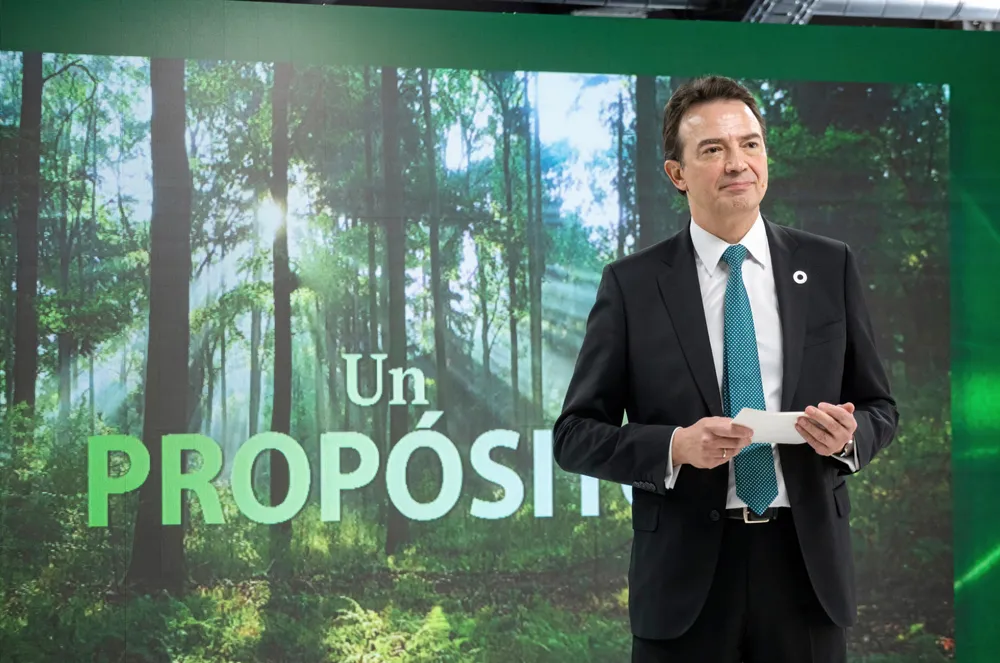Spain will be Europe’s 'first green hydrogen hub' and export millions of tonnes a year to the rest of the continent, says Enagas
Gas distributor believes Spanish producers can deliver three million tonnes per annum of green H2 by 2030 and become lead supplier to EU’s industrial heartlands
